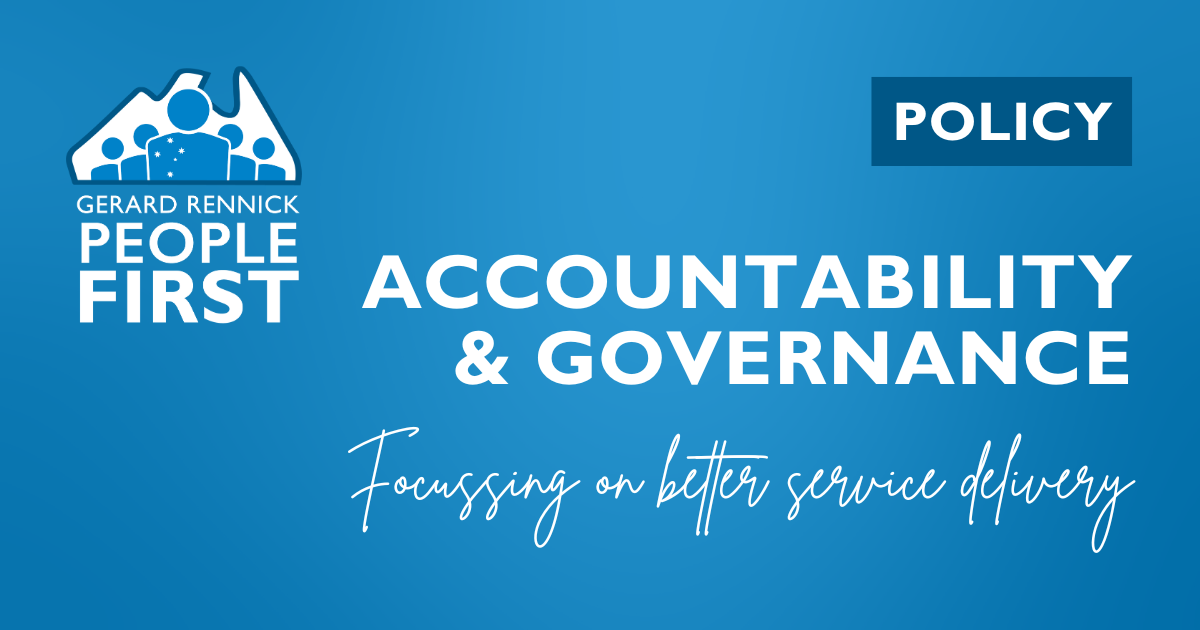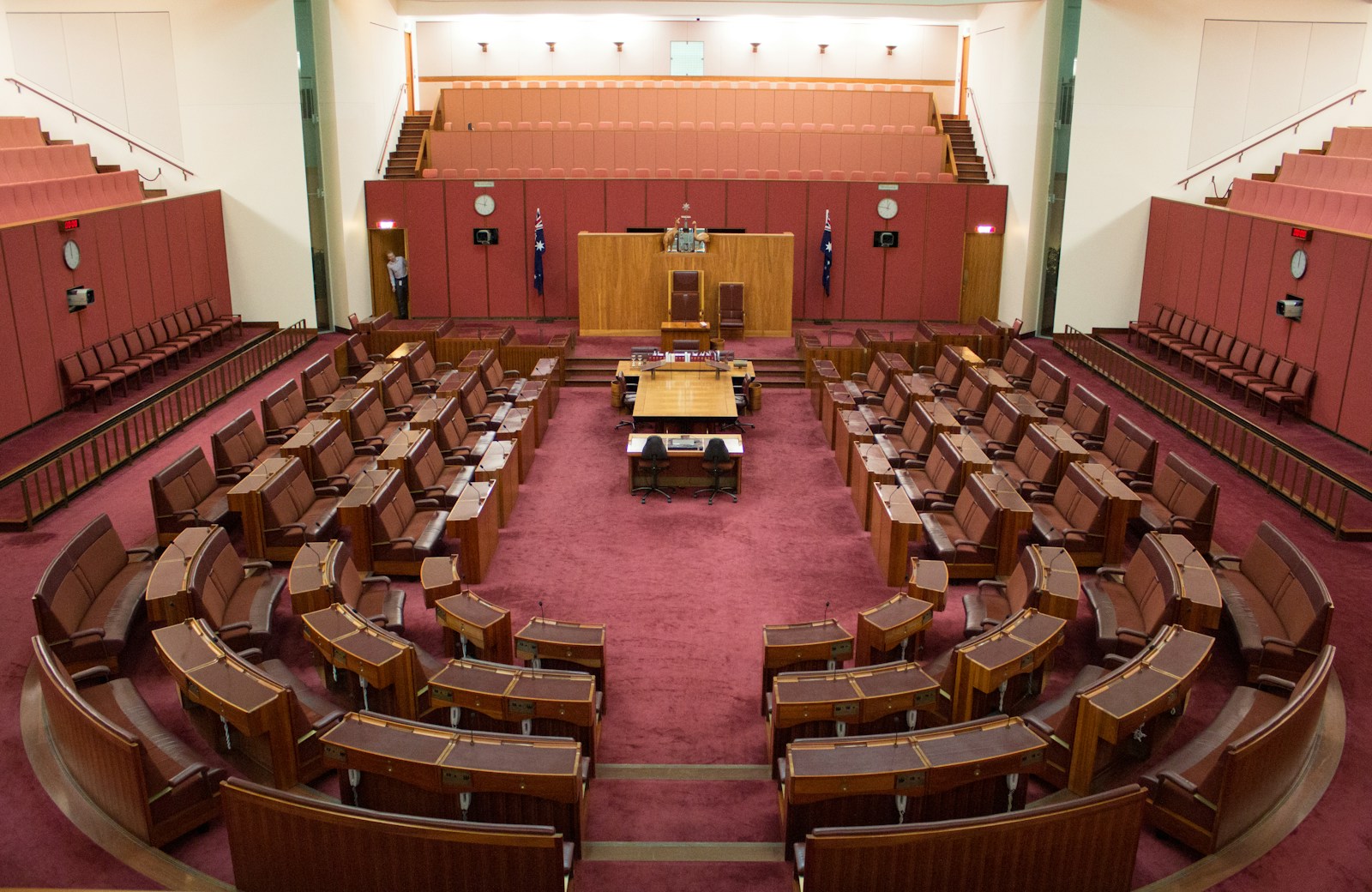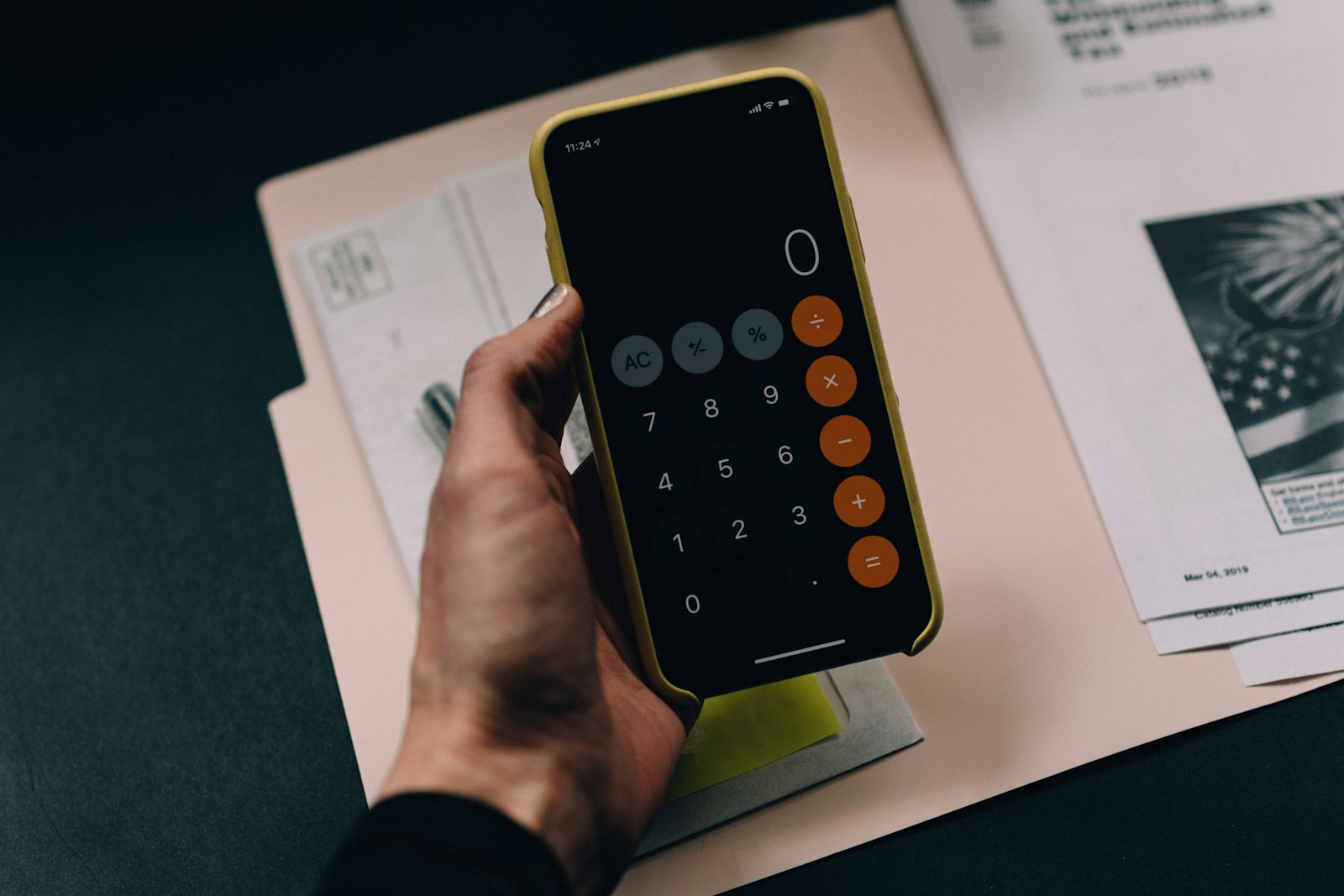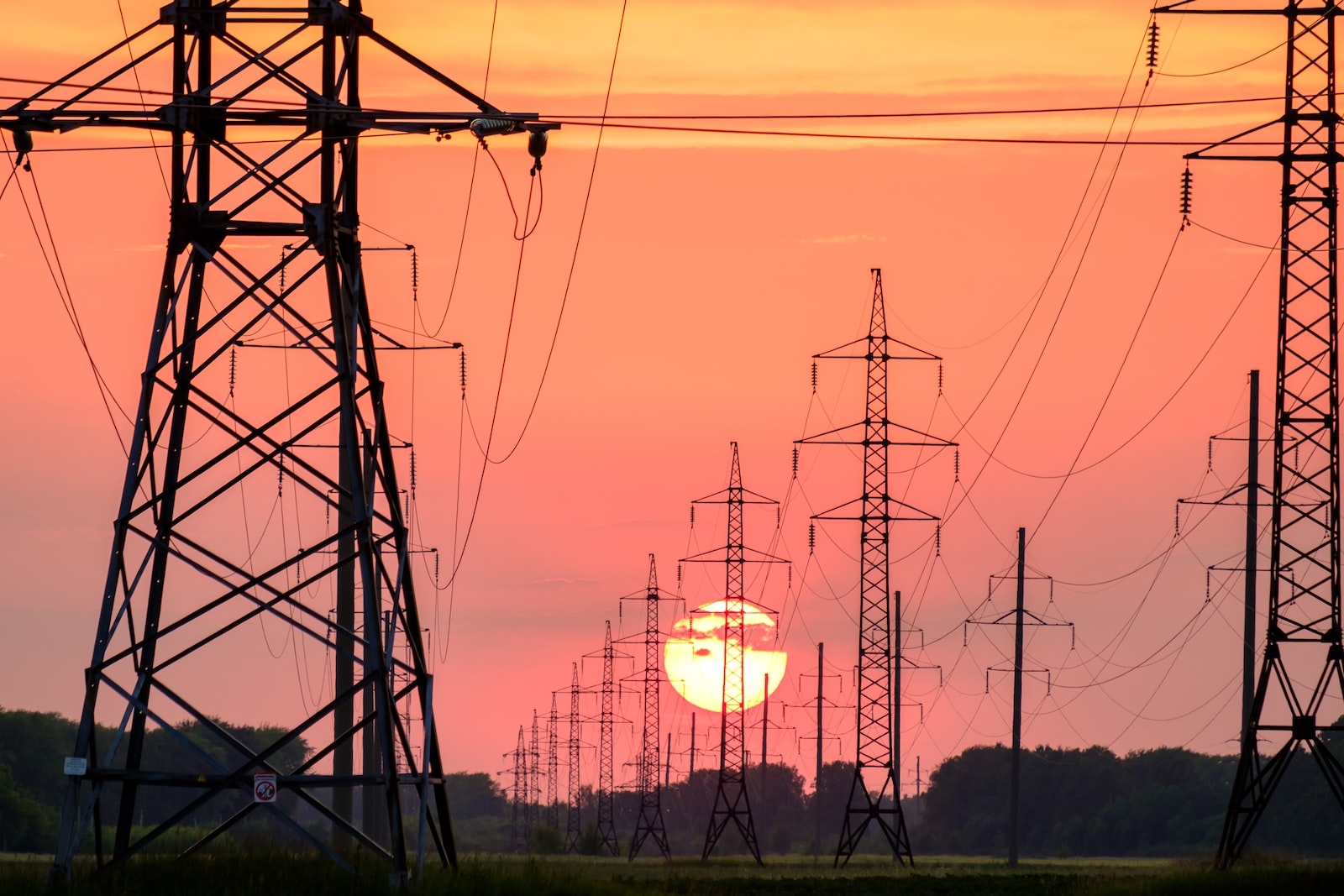Don’t forget the pacemakers!
In a recent RRAT inquiry I was shocked to discover that some pacemakers relied on the 3G network and there would need to be upgrades to the network to ensure they keep working for people in the regions.
The Royal Flying Doctor was also going to have connect to Starlink in order to maintain their services.
I subsequently wrote to the Telecommunications minister requesting these issues be addressed before the 3G network is closed down.
It’s another example of the Federal Government forgetting about maintaining services to the people, in lieu of looking for new ways to control the people.
Rural and Regional Affairs and Transport References Committee
24/07/2024
Shutdown of the 3G mobile network
Senator RENNICK: I’d also like to add my sentiments to Senator Sterle’s about the great work that you do in the Royal Flying Doctor Service. It’s a general straightforward question. I know you have done this to a degree in your opening statement. But can you quantify how moving from 3G to 4G will impact the Royal Flying Doctor Service? Can you actually be a little bit more specific about what areas will be impacted?
Mr Klose: Clinician safety would be one area—our ability to track our clinicians, wherever they are. A lot of the tracking devices for our vehicles, planes and people and the duress alarms they carry with them when they go into these communities have 3G, and we need to switch them out. In some cases, we’re nervous that, when switching these to a 4G signal, we may not get a signal.
Senator RENNICK: Has the Royal Flying Doctor Service raised this issue with the government?
Mr Klose: I’ll have to refer to Lauren there. We’ve got a project about how we run this. We raise a number of risks in what we’re dealing with. I myself am unaware if we’ve actually raised that particular point of concern. What the Royal Flying Doctor Service are doing differently is innovating around this with Starlink technology at a further cost. So we’re trying to deal with it ourselves, but it’s at a cost.
Senator RENNICK: How much is that cost? Maybe we could lobby the government to pay for that.
Mr Klose: The costs we’re incurring are around $200,000 in this area today.
Senator RENNICK: As in per annum?
Mr Klose: The upfront cost is about $200,000 per annum. The ongoing cost for us is probably going to be around $50,000 to $60,000.
Senator RENNICK: Is that per year?
Mr Klose: Yes.
Senator RENNICK: That’s for the Royal Flying Doctor Service to be connected to Starlink across the country?
Mr Klose: Yes.
Senator RENNICK: Surely, we could look at supplementing your income to help pay for that. If you got access to Starlink, would that solve the problem completely or would you still have gaps?
Mr Klose: No, it would solve it. On that note, I’d like to share that the Royal Flying Doctor Service is working with outback communities. There’s a group in South Australia called the Outback Communities Authority, which is part of the state government. They service 24 outback communities out there. We’ve partnered in an innovation which is soon to be announced, where we’re powering high-speed internet in outback towns that have never had internet. We’ve done this by taking five Starlink devices, grouping them together and amplifying the signal across the town. This concept is called a redundancy mesh network, but I don’t want to get into that. It means that we can now start to deliver more services that require data and the internet beyond what we were doing with 3G in other areas. This has, in some ways, got us to innovate a little bit to do further things, but, at the same time, we can’t fix everything that 3G had and we continue to have some of those concerns.
The other concern is the would-be outpatients. A lot of them have these traditional monitoring devices that are on them, whether they are pacemakers or cardiac monitors. With those particular devices, RFDS can work only with what the manufacturers are giving them. If those devices do not tell us that they are having an issue which we are monitoring in those areas, the Australians who are living out on those stations are not going to have a very good day from that point of view. We’re not going to be aware of those.
Senator RENNICK: You may not know this, but I’ll ask. Are you aware of whether those devices could work with Starlink?
Mr Klose: Yes, they can work with satellite. That would probably be where RFDS is today. We’re not looking to stop the transition to 3G; we’re looking for greater consultation in that area. Don’t just work with the large companies and tell us. I can understand it, but there are people out there who just don’t know, so they’re going to say, ‘What’s changed all of a sudden? I thought you were looking after me,’ and I’ll go: ‘Didn’t you realise? 3G is not here anymore. We’re up to 4G.’ You have to try to explain that to a 92-year-old farmer who’s staying at the station, watching his cows run around. That’s not going to be easy.
Senator RENNICK: Thanks. That’s all.






























